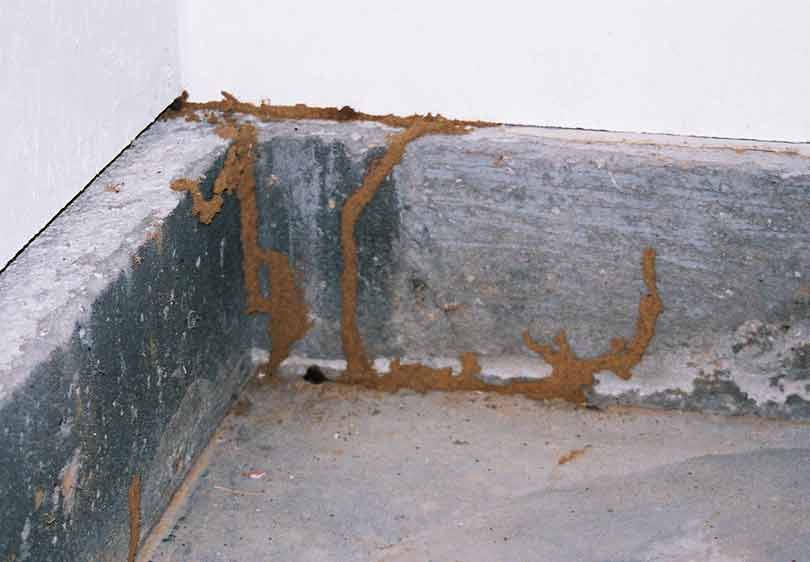Reliable Utah Vole Control Service Providers
Reliable Utah Vole Control Service Providers
Blog Article
Comprehensive Insect Control Solutions to Combat Vole Infestations
Vole invasions can promptly intensify, triggering damage to lawns, landscapes, and yards. The influence of these small rodents can be considerable and speedy, necessitating an extensive pest control approach to properly take care of the situation. Understanding the habits and biology of voles is crucial in creating an incorporated technique that not only attends to the present infestation but likewise stops future occurrences. By employing a mix of recognition, habitat, exemption, and capturing modification techniques, expert pest control solutions can use a tailored remedy to fight vole problems. However, the vital lies in applying an all-around plan that not just gets rid of existing voles however likewise develops lasting control actions to secure versus future intrusions.
Vole Identification and Assessment
Voles, small rodents resembling computer mice yet with much shorter tails, are typically found in backyards and yards, making precise identification important for reliable bug control steps. These parasites can create substantial damage to greenery and plants, making punctual action crucial in reducing prospective losses. When inspecting for voles, search for their particular runways, burrow openings, and chomped plant roots. best vole pest control. Vole paths are commonly situated on the surface of the ground and are created as they take a trip back and forth between their burrows and food resources. Tunnel openings are small, about 1-2 inches in size, and cause underground passages where voles nest and look for sanctuary. Gnawed plant origins are one more indication of vole activity, showing their presence and potential damages to vegetation. By precisely recognizing these indications, pest control professionals can customize their approaches to successfully handle vole problems and secure gardens and yards from further damage.

Capturing and Elimination Techniques
Effective insect control approaches for taking care of vole infestations often involve using specialized trapping and removal strategies. Trapping is a widely used technique to catch voles and move them away from residential properties. Live traps, such as box traps or tube catches, are typically used as they permit the risk-free capture of voles without triggering harm. These traps are strategically put in vole runways or near burrow entrances to increase the chances of successful capture.
When establishing up catches, it is critical to guarantee they are put appropriately and baited with vole-preferred food sources like peanut butter, seeds, or fruits. On a regular basis checking the catches is important to without delay get rid of captured voles and avoid distress or harm to the pets. When entraped, voles must be transferred to appropriate habitats much from human homes to avoid re-infestation.
In addition, exemption techniques, such as mounting obstacles or secure fencing underground, can help hinder voles from accessing certain locations. Appropriate disposal of recorded voles and regular surveillance of vole activity are important parts of an effective capturing and removal approach in vole problem monitoring.
Exclusion and Barrier Methods

By attending to these susceptabilities and carrying out targeted exclusion and obstacle actions, residential or commercial property proprietors can significantly minimize the risk of vole infestations. Inevitably, a mix of capturing, elimination, and proactive exemption steps can aid effectively take care of vole populations and protect buildings from invasions.
Habitat Adjustment and Prevention
To mitigate vole invasions, habitat adjustment and prevention approaches focus on modifying the setting to dissuade vole habitation. Furthermore, lowering excess moisture by fixing leaky pipes, guaranteeing appropriate drain, and getting rid of standing water can make the setting much less hospitable for voles.
Integrating barriers like gravel boundaries or cable mesh underground can likewise protect against voles from burrowing right into gardens or yards. These physical obstacles disrupt their capacity to tunnel and gain access to preferred areas. Planting vole-resistant plants and making use of pop over to this site vole-repellent techniques such as castor oil-based deterrents can additionally prevent vole task. By executing these habitat adjustments and avoidance measures, property proprietors can proactively reduce the risk of vole invasions and secure their outside areas from damages. utah vole control.
Tracking and Follow-Up Strategies

Follow-up methods entail reviewing the treated areas to inspect for any type of indicators of vole activity. Checking terminals, catches, and aesthetic inspections are typically used techniques to review the success of the insect control procedures. By routinely checking these locations, insect control specialists can swiftly identify any kind of resurgence of vole activity and take proactive actions to deal with the problem before it rises.
In addition, recording the outcomes of surveillance and follow-up activities is essential for tracking the development of vole invasion control with time. These records help in recognizing trends, evaluating the effectiveness of various control methods, and making informed decisions for future pest management methods. Routine follow-up procedures not just help in stopping vole re-infestations however also add to the general success of bug control efforts.
Verdict
Finally, thorough bug control services are necessary for efficiently combating vole invasions. By evaluating and recognizing vole populations, executing capturing and elimination strategies, making use of exemption and barrier techniques, changing environments, Click This Link and carrying out monitoring and follow-up approaches, homeowner can efficiently manage and stop future problems. It is important to attend to vole problems immediately to stay clear of damages to home and possible wellness risks.
By utilizing a mix of identification, environment, exclusion, and trapping adjustment strategies, professional pest control solutions can provide a customized option to battle vole invasions (best vole pest control). By accurately recognizing these signs, bug control experts can customize their methods to properly take care of vole invasions and secure gardens and lawns from more harm
Efficient pest control strategies for handling vole infestations commonly include using specialized capturing and elimination methods.To reduce vole problems, environment adjustment and avoidance strategies concentrate on modifying the setting to dissuade vole habitation.Regular surveillance and follow-up procedures are important in preserving vole problem control steps and guaranteeing lasting success in insect management.
Report this page